What is patient-level costing?
The NHS has increasingly detailed information – both activities and costs – about how its resources are used at patient-level.
What is patient-level costing (PLICS)?
NHS costing is going through a massive transformation, moving from costing based on averages to costing the actual care individual patients receive. Patient-Level Information and Costing Systems (PLICS) bring together healthcare activity information with financial information in one place. PLICS provides detailed information about how resources are used at patient-level, for example, staff, drugs, and diagnostic tests.
All acute trusts are required by NHS England to calculate their costs at patient level, and over the next couple of years the same will be true for mental health, community and ambulance services, with early adopters already having achieved this. Reference costs are gradually being replaced by PLICS, and from 2019 the national cost collection for acute trusts is PLICS rather than reference costs.
NHS England’s Approved costing guidance sets out the costing approach that NHS trusts must follow, with a set of healthcare costing standards. PLICS, combined with other data sources, provides trusts with a rich source of information to help understand their patients and their services.
Improving value is a high priority in healthcare. Linking patient-level costs with outcomes allows the NHS to promote value for patients i.e. ensure resources are used in the most effective way possible to provide high quality care to all patients/service users. This information is also now being increasingly used to guide conversations about resource allocation across health systems informing decision making and supporting improvements in population health and the reduction of health inequalities.
Become an Institute partner
PLICS toolkits
The Institute has produced a number of PLICS toolkits, covering different NHS services. The toolkits aim to support providers and their costing practitioners to turn the data generated by PLICS systems into powerful intelligence.
Patient-Level Information and Costing Systems (PLICS) toolkits aim to support providers and their costing practitioners to turn the data generated by PLICS systems into powerful intelligence. In the current financial climate, PLICS can play a vital role in improving the efficiency and effectiveness of how patient care is delivered. It brings together information about the resources consumed by individual patients on a daily basis and combines this with the cost of this resource. This type of blended financial information is new for many organisations and is incredibly powerful.
The Healthcare Costing for Value Institute is producing a number of PLICS toolkits, covering different NHS services. The toolkits aim to support providers and their costing practitioners to turn the data generated by PLICS systems into powerful intelligence. Examples are provided of how data can be presented in different ways to different audiences including the executive team, clinicians and the wider finance team.
This PLICS toolkit aims to support partner organisations in their implementation and integration of PLICS.
This PLICS toolkit aims to support partners turn the data generated by PLICS into powerful intelligence.
This PLICS toolkit for community services will help you start to explore how you can maximise the value of PLICS data within your organisation, and across systems.
Share your examples
Do you have an example you would like to share? Contact us and we’d be happy to publish your examples.